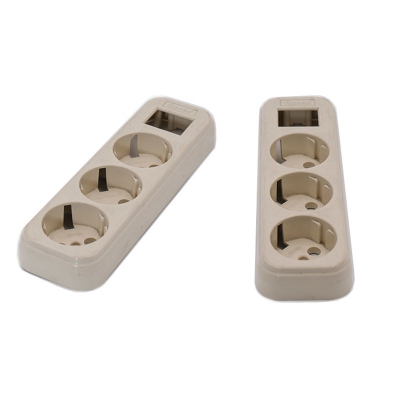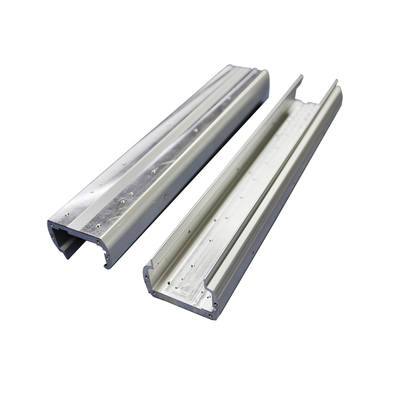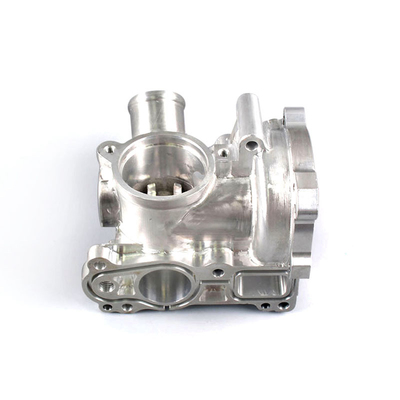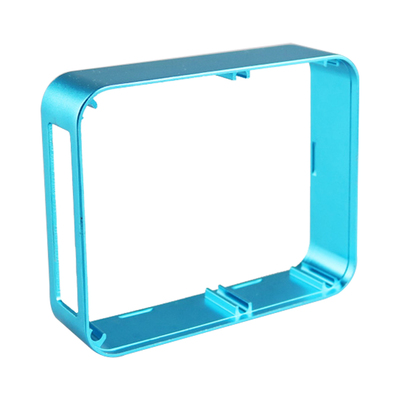Digital light processing 3D printing speeds up construction while eliminating the need for lasers
Stereo lithography (SLA) is one of the oldest and most mature technologies among all 3D printing technologies. Its function is easy to understand: a wide range of resin choices; it can be used for 3D printing accurate (usually functional) prototypes and end-use products.
However, as with many additive manufacturing processes, the speed of SLA construction is limited. Since an ultraviolet laser beam with a diameter of only a few hair widths must be used to describe each layer, printing with SLA is similar to engraving the Mona Lisa with 3D etching.
Of course, there are other options. One of them is digital light processing (DLP). Different styles of DLP systems can be used, but all styles have a common clue: instead of printing images one line at a time, DLP printers project a series of images onto the resin, thereby curing each layer in turn and almost immediately. This method speeds up the construction without the need for expensive lasers and galvanometers.
Like SLA, DLP makes parts from photoreactive resin and has movable assembly boards. However, DLP's ultraviolet light source is a high-resolution digital projector, not a laser beam. The projector flashes each image of the digitally sliced CAD model up onto the transparent plate at the bottom of the resin tank, so that the molecules are immediately cross-linked on the opposite side. As the digital "movie" plays, the build plate moves upward while pulling the workpiece and exposing fresh resin.
When finished, clean the green workpiece and then cure it in an oven or UV light box, depending on the brand of the 3D printer.
Enter the dead zone
As one might expect, every DLP printer manufacturer has a unique understanding of the technology. Generally, what distinguishes one system from another is the polymerization process.
Carbon of Redwood City, California uses its continuous liquid interface production technology and a range of proprietary resins to provide digital light synthesis (DLS). According to the company, the 3D printing process can print parts 100 times faster than SLA.
Rob L'Heureux, Carbon's senior technical product marketing manager, explained that DLS has many similarities with competing digital light printing systems, but is a completely different process. He said: "Both resins have a light source and a build platform, and the two look very similar in operation." "What separates the carbon is the barrier layer filled with oxygen, which we call the "dead zone" and our Dual-curing materials. Dual-curing materials provide improved part quality, and dead zones greatly increase manufacturing speed."
Anyone who sees reports on 3D printed running shoe midsoles on the Carbon website will recognize the potential of DLS and similar technologies. Where many additive manufacturing processes are still limited to prototypes and small batch production, so-called "continuous printing systems" offer hope for mass production of end-use products.
L'Heureux pointed out that Minneapolis-based Resolution Medical uses Carbon M2 printers to produce nasopharyngeal swabs for the coronavirus pandemic and various other medical devices.
He said: "We are particularly suitable for parts with a width of about two fingers." "This allows manufacturers to truly package the build platform and maximize throughput.
L'Heureux continued: “Ford Motor Company has begun using our system to produce parking brake brackets for its GT500 Mustang and HVAC service parts for Fox.” “NASA’s Seeker autonomous robot uses carbon production parts for the nozzle Certified, the robot is used to inspect the International Space Station and other orbiting spacecraft."
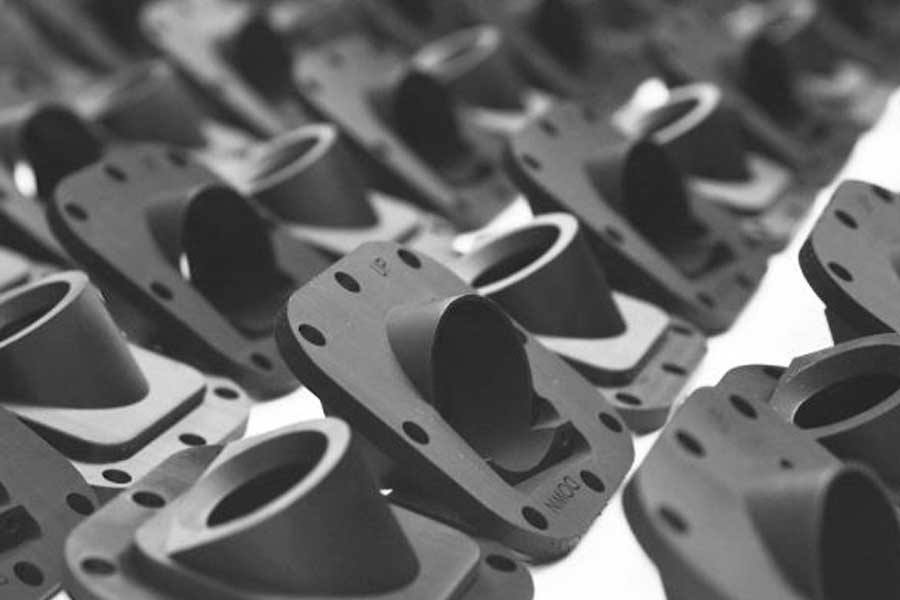
Control
Carbon is not the only company with DLP success stories. Origin, a five-year-old company in San Francisco, has been busy printing nasal swabs using printers based on its patented programmable photopolymerization technology. Stratasys acquired Origin in early 2021 and has been selling the drug swab.
Origin also won first place in the US Air Force’s Advanced Manufacturing Olympics. Origin worked with software company nTopology and material supplier Henkel to design and print multi-material hydraulic pipe clamps for F-16 aircraft. The Origin team defeated eight other participants and won the game's $100,000 prize.
Fin Watterson, Origin’s product marketing director for photopolymer products, pointed out that the company’s printers do not have the dead zone of oxygen paper. Instead, it relies on a pneumatic pumping mechanism to expand the sensor-filled transparent PTFE membrane between the printing platform and the window.
Like carbon DLS, the film can not only inhibit and control the photopolymerization process, but also prevent parts from sticking to the window. After each layer is completed, the membrane will deflate, the build platform will circulate upwards, and then the process will be repeated.
He said: "To make a long story short, it allows us to control the polymerization rate by using a simple and reliable mechanical process, so as to achieve the same or higher speed than the competitor's oxygen-assisted 3D printer." "And because this method reduces the cost The peeling force required to lift the part from the forming area, so it provides the possibility of printing molds and other large, bulky objects, which is difficult to do on most DLP-based systems. Moreover, we The ability to use nitrogen and other gases to keep the environment inert has opened the door to new chemical methods that cannot be printed in the presence of oxygen."
Acceleration station
Diversified Plastics Inc. (DPI), an employee-owned plastic injection molding company in Brooklyn Park, Minnesota, does not print molds on its Carbon M2 printer. However, it does use M2 to produce thousands of parts.
Vincent Pope, the company’s engineering manager, said that DPI joined 3D printing three years ago as part of its Acceleration Station service, which aims to deliver prototypes and production parts to customers "in days instead of weeks." No tools are required.
"When trying to meet customer needs for fast-rotating or prototype plastic parts, traditional plastic injection molding can be costly and time-consuming," Pope said. "This is because the mold needs to be modified for each part iteration, or, if the changes are significant, a brand new mold may be required."
Origin used 3D printing and post-processed 100 camera housings in less than 24 hours. According to reports, the price of each product was reduced by 99% compared to CNC machining. origin
He said that with AM, part design changes become simple, fast and cost-effective. The customer sent a new file to DPI and the part was built within a few hours.
Pope added that 3D printing can produce complex geometries that cannot be injection molded. He said: "Our customers should not limit their creativity because of traditional manufacturing methods," he added, adding that AM provides the opportunity to design "better products while reducing costs and shortening time to market."
More and more materials are brought to the production table to enhance these functions. They include soft, soft materials that mimic thermoplastic polyurethane; biocompatible materials equivalent to medical grade ABS; heat-resistant and flame-retardant nylon-like materials; and optically transparent materials similar to polycarbonate.
Pope added that 3D printed medical devices (such as injection molded medical devices) must be sterilizable, and DPI must be certified by the customer before they can be produced.
"Medical is about 60% of the work we do here. Even if the amount of polymer we can use for 3D printing is compared with the amount of injection molding, we have not encountered too many obstacles in meeting customer needs."
"[3D printed parts]’s aesthetics and surface treatment are very close to injection molded parts, and in most cases its functional characteristics are just as good. When you add the greater design freedom of 3D printing, it’s clear that it will We move forward to play an increasingly important role," Pope said.
Link to this article: Digital light processing 3D printing speeds up construction while eliminating the need for lasers
Reprint Statement: If there are no special instructions, all articles on this site are original. Please indicate the source for reprinting:https://www.cncmachiningptj.com/,thanks!
 3, 4 and 5-axis precision CNC machining services for aluminum machining, beryllium, carbon steel, magnesium, titanium machining, Inconel, platinum, superalloy, acetal, polycarbonate, fiberglass, graphite and wood. Capable of machining parts up to 98 in. turning dia. and +/-0.001 in. straightness tolerance. Processes include milling, turning, drilling, boring, threading, tapping, forming, knurling, counterboring, countersinking, reaming and laser cutting. Secondary services such as assembly, centerless grinding, heat treating, plating and welding. Prototype and low to high volume production offered with maximum 50,000 units. Suitable for fluid power, pneumatics, hydraulics and valve applications. Serves the aerospace, aircraft, military, medical and defense industries.PTJ will strategize with you to provide the most cost-effective services to help you reach your target,Welcome to Contact us ( sales@pintejin.com ) directly for your new project.
3, 4 and 5-axis precision CNC machining services for aluminum machining, beryllium, carbon steel, magnesium, titanium machining, Inconel, platinum, superalloy, acetal, polycarbonate, fiberglass, graphite and wood. Capable of machining parts up to 98 in. turning dia. and +/-0.001 in. straightness tolerance. Processes include milling, turning, drilling, boring, threading, tapping, forming, knurling, counterboring, countersinking, reaming and laser cutting. Secondary services such as assembly, centerless grinding, heat treating, plating and welding. Prototype and low to high volume production offered with maximum 50,000 units. Suitable for fluid power, pneumatics, hydraulics and valve applications. Serves the aerospace, aircraft, military, medical and defense industries.PTJ will strategize with you to provide the most cost-effective services to help you reach your target,Welcome to Contact us ( sales@pintejin.com ) directly for your new project.

- 5 Axis Machining
- Cnc Milling
- Cnc Turning
- Machining Industries
- Machining Process
- Surface Treatment
- Metal Machining
- Plastic Machining
- Powder Metallurgy Mold
- Die Casting
- Parts Gallery
- Auto Metal Parts
- Machinery Parts
- LED Heatsink
- Building Parts
- Mobile Parts
- Medical Parts
- Electronic Parts
- Tailored Machining
- Bicycle Parts
- Aluminum Machining
- Titanium Machining
- Stainless Steel Machining
- Copper Machining
- Brass Machining
- Super Alloy Machining
- Peek Machining
- UHMW Machining
- Unilate Machining
- PA6 Machining
- PPS Machining
- Teflon Machining
- Inconel Machining
- Tool Steel Machining
- More Material

